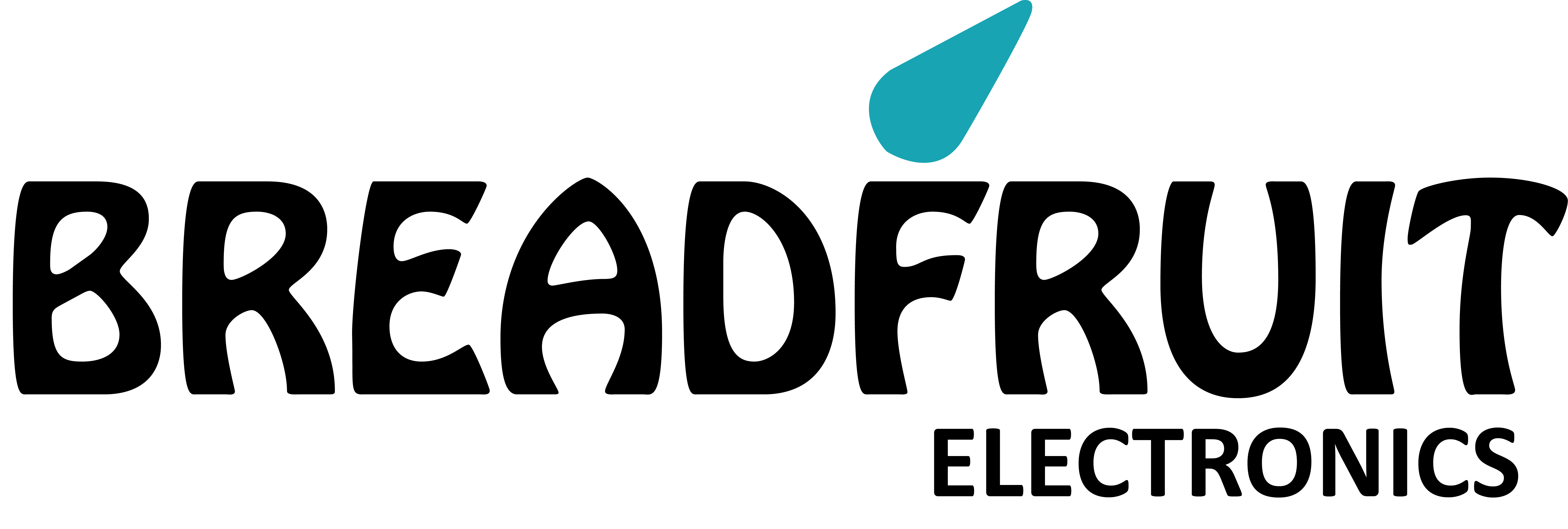Interoperability is all about how well these different tokens play together. ERC-20 is pretty well-established, so most platforms and wallets support it. ERC-721 has also gained traction, especially with the NFT craze, but it’s not quite as universally supported. The goal is for all these standards to work together smoothly, so you can easily trade and use them across different applications.
It is one of the most widely adopted protocols in the crypto community for creating smart contracts on the Ethereum blockchain network if not even the most popular token protocol. Technology is always improving, and that’s going to affect token standards too. We might see new types of smart contracts that can do more complex things, or new ways to store and manage tokens that are more efficient and secure. For example, advancements in zero-knowledge proofs could allow for more private transactions, while improvements in layer-2 scaling solutions could make transactions faster and cheaper. It’s widely supported, so it’s easy to find wallets, exchanges, and applications that work with ERC-20 tokens. It’s also relatively simple to implement, which makes it a good choice for new projects.
Technological Innovations in Token Standards
Some of these rules include how the tokens can be transferred, how transactions are approved, how users can access data about a token, and the total supply of tokens. Think of it https://ai-robert.com/ as a common language that allows different tokens to interact with each other and with various applications. Without these standards, things would be chaotic, like trying to plug a foreign appliance into an outlet without an adapter. ERC20 is a technical standard for tokens issued on the Ethereum blockchain, providing a list of rules that all Ethereum-based tokens must follow.
- ERC-20 is for fungible tokens (like regular cryptocurrencies), ERC-721 is for non-fungible tokens (NFTs), and ERC-1155 is a hybrid that can handle both.
- Some tokens, like Uniswap’s UNI token, are set to remain ERC-20 tokens; other cryptocurrencies, such as Binance Coin, have since jumped over to their own blockchains.
- Besides, Ethereum has encountered situations when the network was too crowded to support all the transaction requirements, thus reaching even higher fees and transaction times.
- We’re seeing new ideas pop up all the time, and it’s likely that the standards we use today will look pretty different in just a few years.
Which cryptocurrencies are based on the ERC-20 standard?
Smart contracts were becoming more popular in 2015, but several issues needed to be addressed. One of the most pressing was that anyone could make a token, but they were not always interoperable with other tokens. Without a standardized token methodology, there wasn’t a way to ensure that all the different tokens could be created, used, or exchanged by everyone using the blockchain. ERC-20 is the technical standard for fungible tokens created using the Ethereum blockchain. A fungible token is one that is exchangeable with another token, whereas the well-known ERC-721 non-fungible tokens (NFTs) are not. ERC20 standardizes the way these smart contracts and tokens are created, letting them be reusable in other applications.
A basic implementation of ERC-20 tokens
ERC-20 set a precedent for interoperability and compatibility among tokens and DApps. ERC-721 allows the creation of NFTs, and ERC-1155 enables the creation of fungible and non-fungible tokens within the same contract. ERC-20 tokens are digital assets that can be created by anyone but are mostly made by organizations and tech-focused companies. Each token has its own specific utility, such as granting users the right to vote on decisions impacting the future of a project, or rewarding customers for performing certain tasks.
